MySQL version: 5.7 Machine: Ubuntu 20.04
Recently, we were analysing the performance issues that can occur when increasing the number of tables in a schema. And during this, we came across 4 system variables that have impact on the performance: table_open_cache, open_files_limit, table_definition_cache and the Dictionary memory allocated from SHOW ENGINE INNODB STATUS
Here's what we know:
- table_open_cache: The maximum number of tables that can be open concurrently across all sessions.
- open_files_limit: Maximum number of files that can be open in the mysqld process.
- table_definition_cache: The maximum number of tables whose metadata can be stored in memory, without having to use file descriptors to read the .frm files.
- Dictionary Memory Allocated: The amount of memory that is allocated in the innodb dictionary. There is no limit and it keeps increasing.
With these information in mind, we decided to create 100,000 tables in a schema and run a loop to read these tables using the SELECT * FROM tablename command.
Here is the code and the stats we arrived at:
int num = 1;
long currTime= System.currentTimeMillis();
for(int i=1;i<=100000;i++)
{
String tableName = table + i;
st.executeQuery("select * from " + tableName + "");
if(i%5000==0)
{
printDictMemory(st,num++);
long diff= System.currentTimeMillis()-currTime;
LOGGER.log(Level.INFO,i +"tables. "+diff+"ms");
currTime=System.currentTimeMillis();
}
}
The printDictMemory() method runs the SHOW ENGINE INNODB STATUS command and prints the dictionary memory allocated at that time.
Stats:
System variables: table_open_cache=2000, open_files_limit=5000, table_definition_cache=1400
tables time(ms) Dictionary memory
5000 8228ms 105886810
10000 9008ms 168551811
15000 9385ms 231221811
20000 8181ms 174365726
25000 7376ms 237035726
30000 6491ms 299705726
35000 6215ms 362375726
40000 7087ms 425045726
45000 6422ms 276819109
50000 6216ms 339489109
55000 6720ms 402159109
60000 7691ms 464829109
65000 8225ms 527499109
70000 6128ms 590169109
75000 6359ms 377517265
80000 6570ms 440187265
85000 7913ms 502857265
90000 9245ms 565527265
95000 9490ms 352261255
100000 6202ms 414931256
The file descriptors count during the process did not go beyond 2030.
So, here are the questions that I need answers for:
- Why is the Dictionary memory not constantly increasing?
- What is happening when the Dictionary memory reduces in size?
- I took stats by setting the table_open_cache=3000. But still, the file descriptors count stayed at 2020-2030. Why are the file descriptors not increasing in number?
- We know that, in a File-per-Table tablespace, .frm files contain the table_definition and the .ibd files contain the table data. In the
/proc/PID/fdis where we took the File descriptor count from. Here, even while reading the table for the first time, only .ibd files were read. No .frm files were listed. Why? - Finally, Here's what we think happens when we open a MySQL table:
The server first checks if the number of tables opened is less than the value of the table_open_cache variable. If it's not, MySQL uses an LRU algorithm to remove the least recently used table. Now, when a table is read, the InnoDB engine checks the Data Dictionary if the table definition is present or not. If not, it checks the table_definition_cache in the server layer. If it's not present in the table_defintion_cache, MySQL uses File Descriptors to read the .frm and then the .ibd files. It then adds the table definition to the table_definition_cache in the server layer and also to the Data Dictionary in the InnoDB storage engine layer. So, next time when the table needs to be read, InnoDB can simply get the table definition from the Data Dictionary cache.
Is the above flow correct? If not, How does MySQL open the tables? Please share your knowledge on the same.
EDIT:
w.r.t Wilson's comment, here are the below stats:
Global VARIABLES and STATUS initially:
Stats:
Thank you for the patience. Would definitely appreciate your answers.

